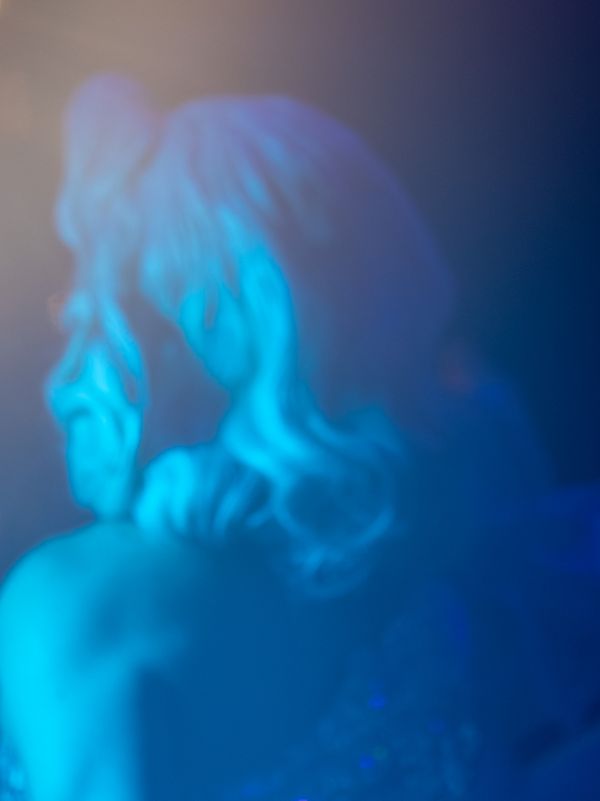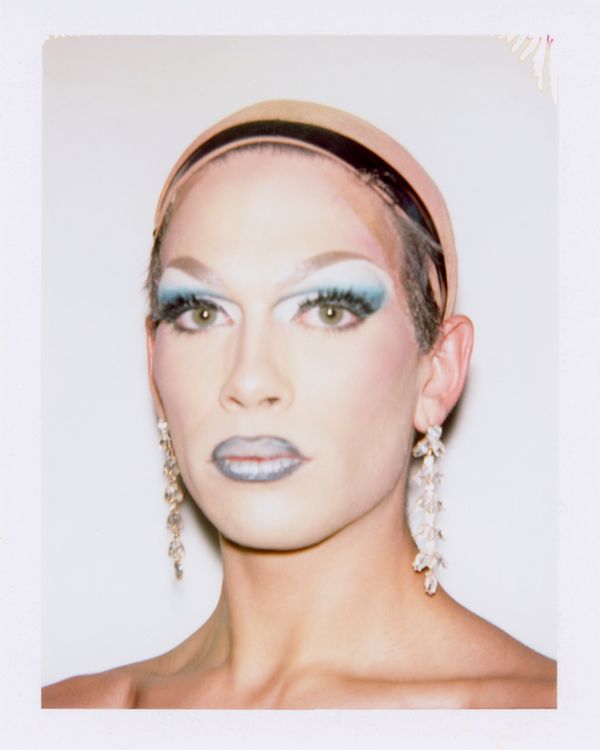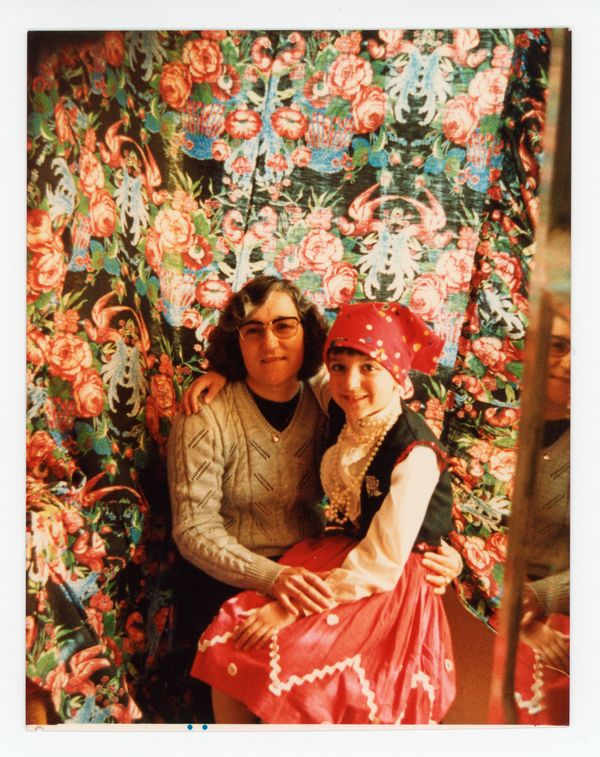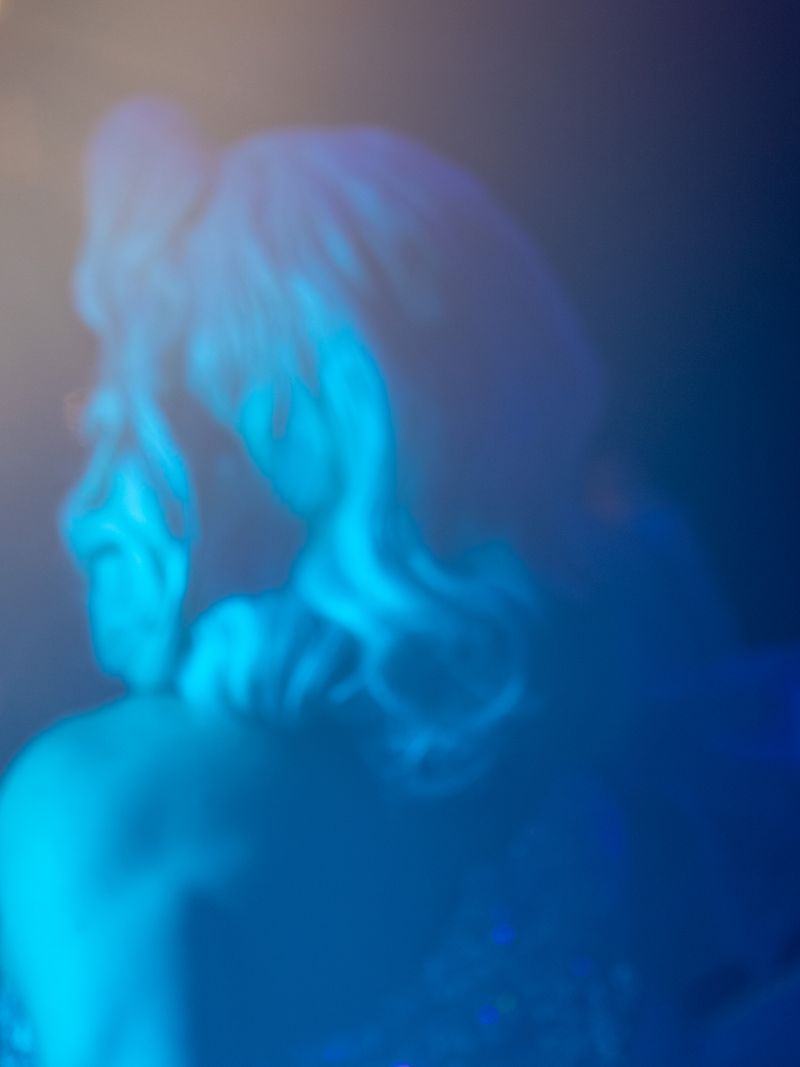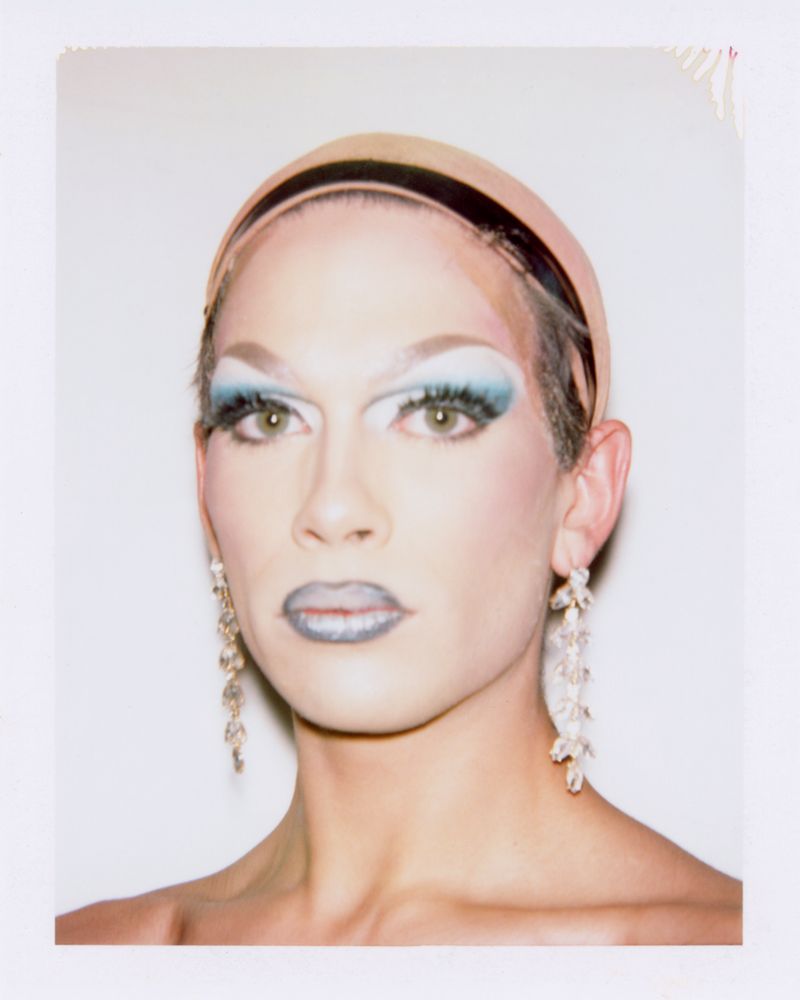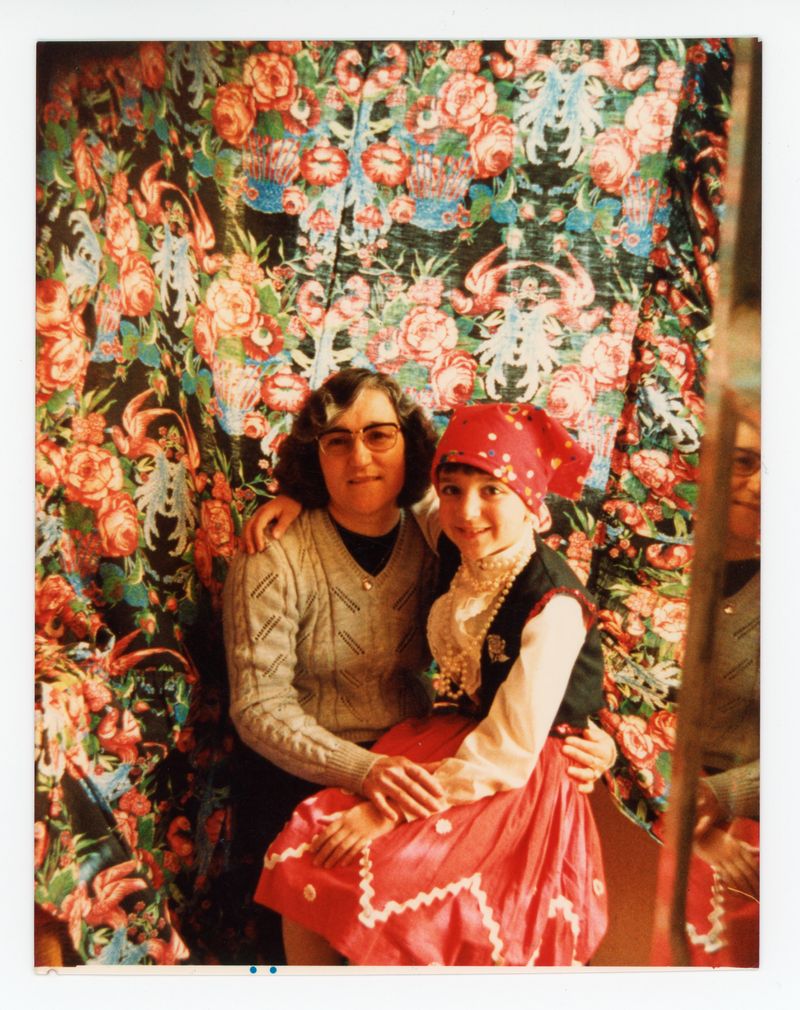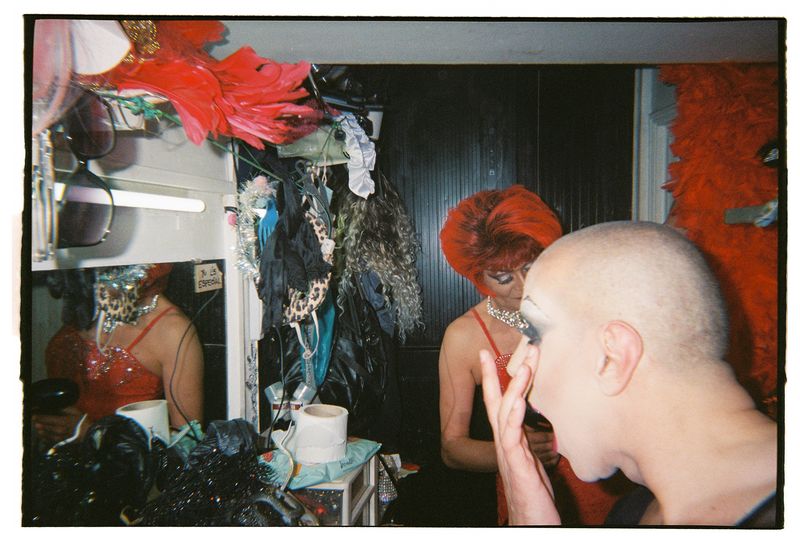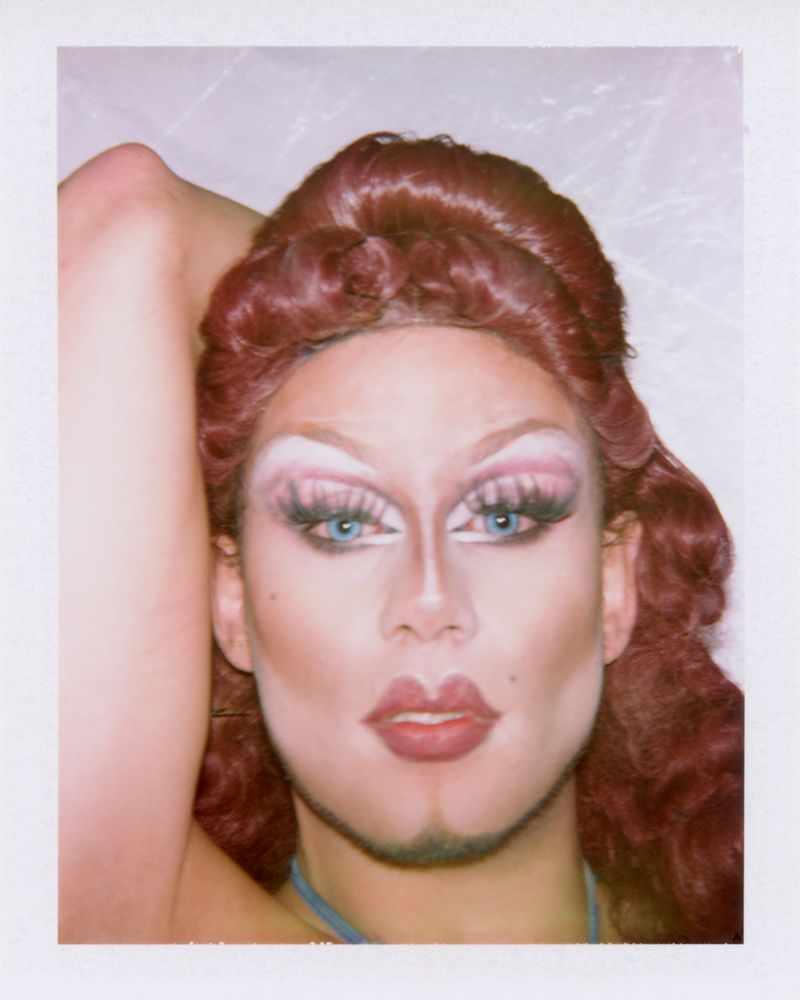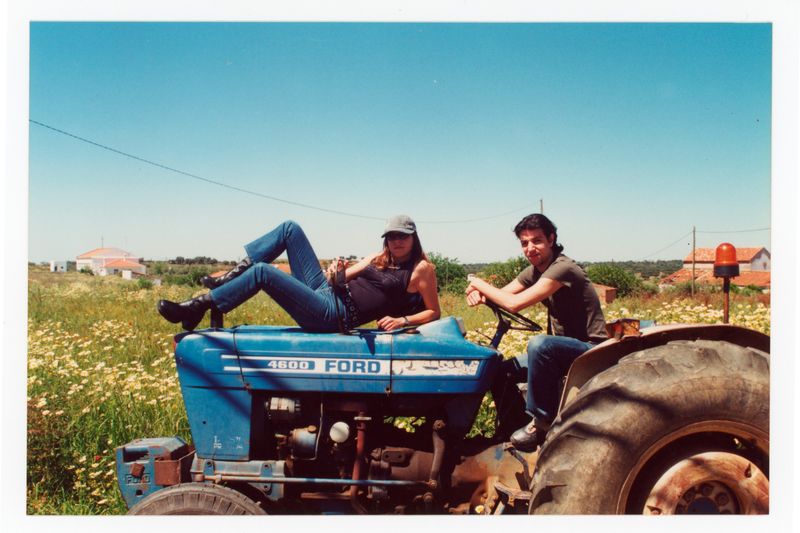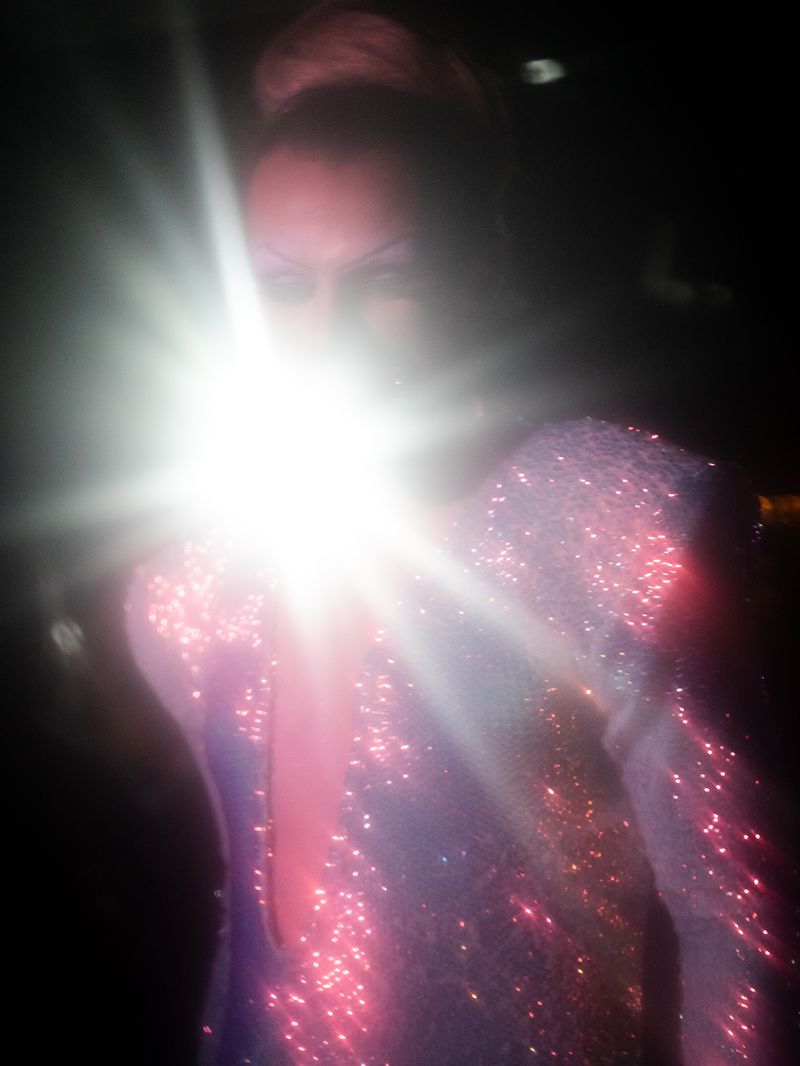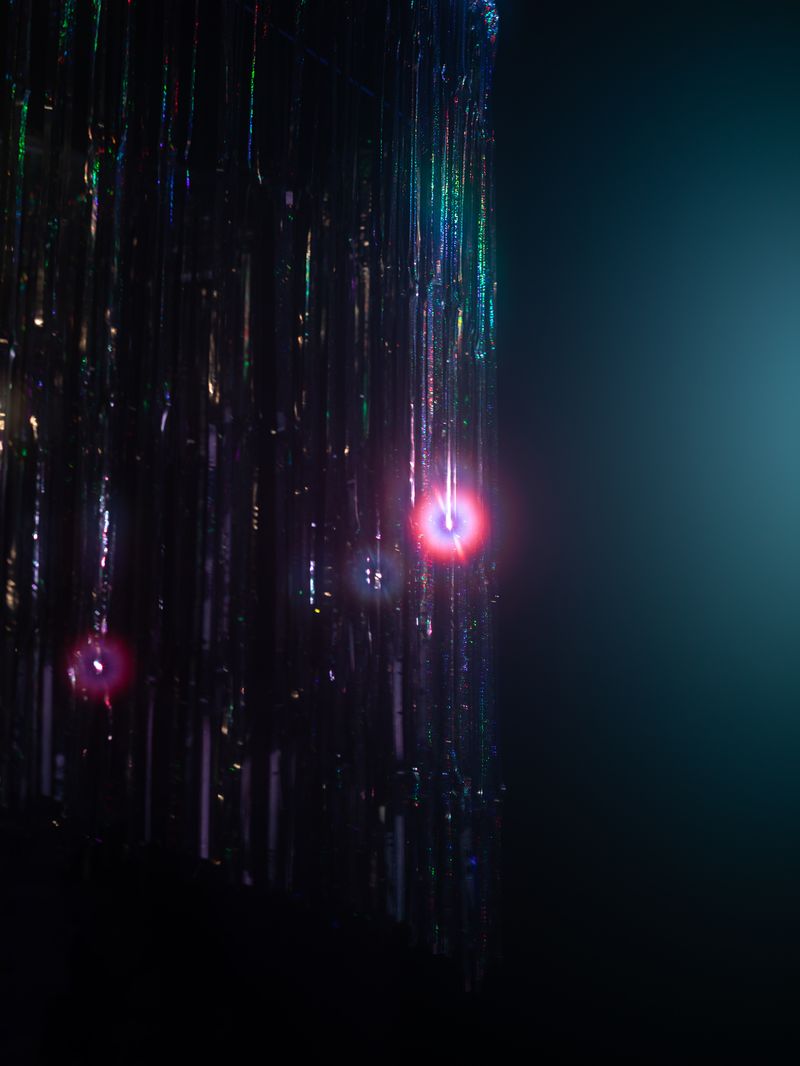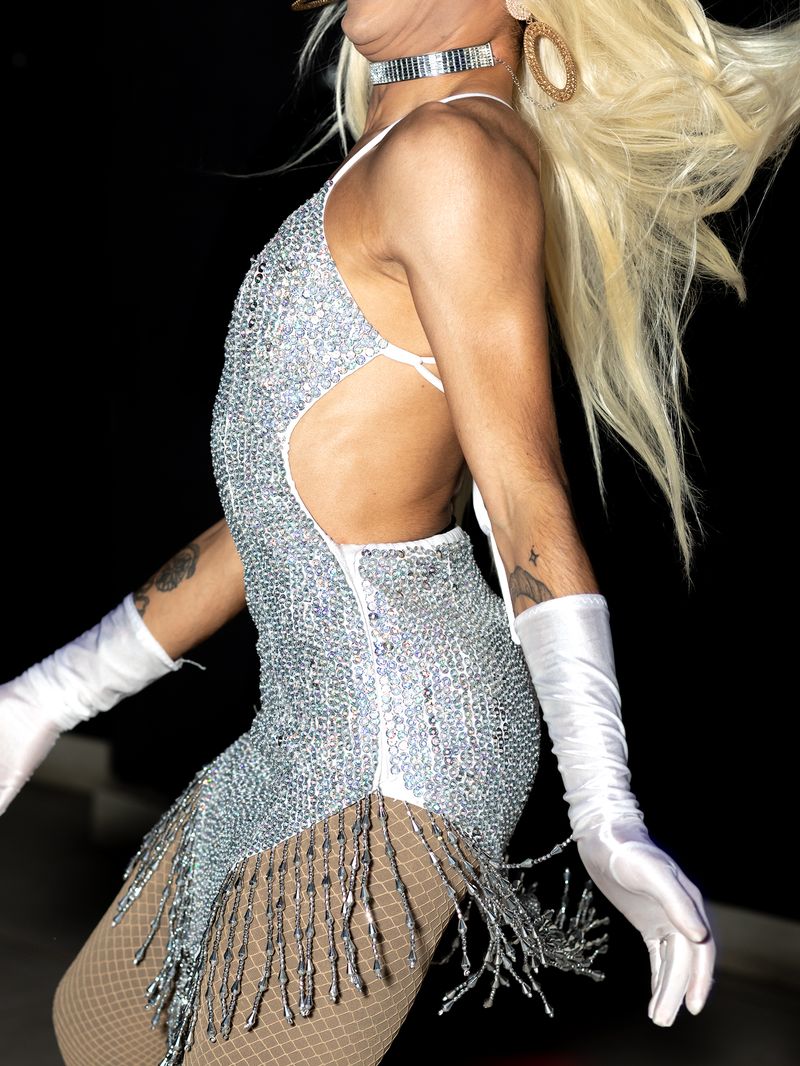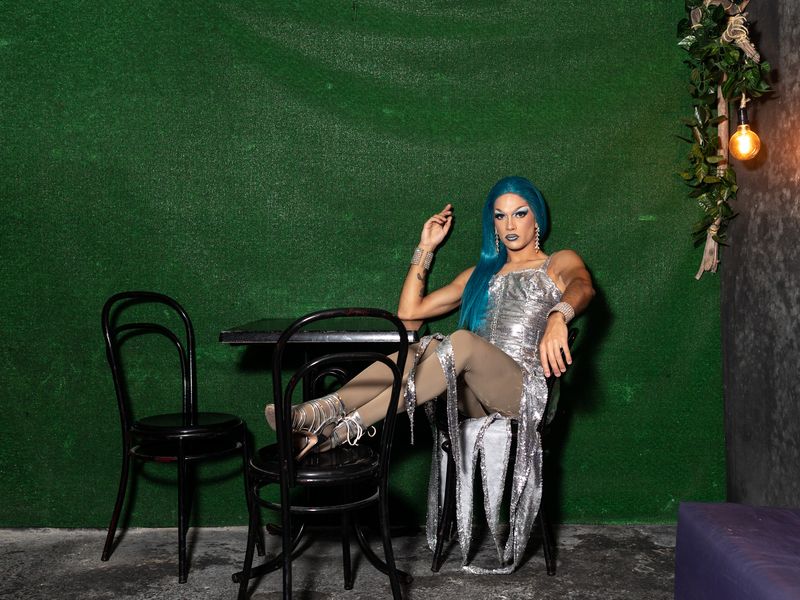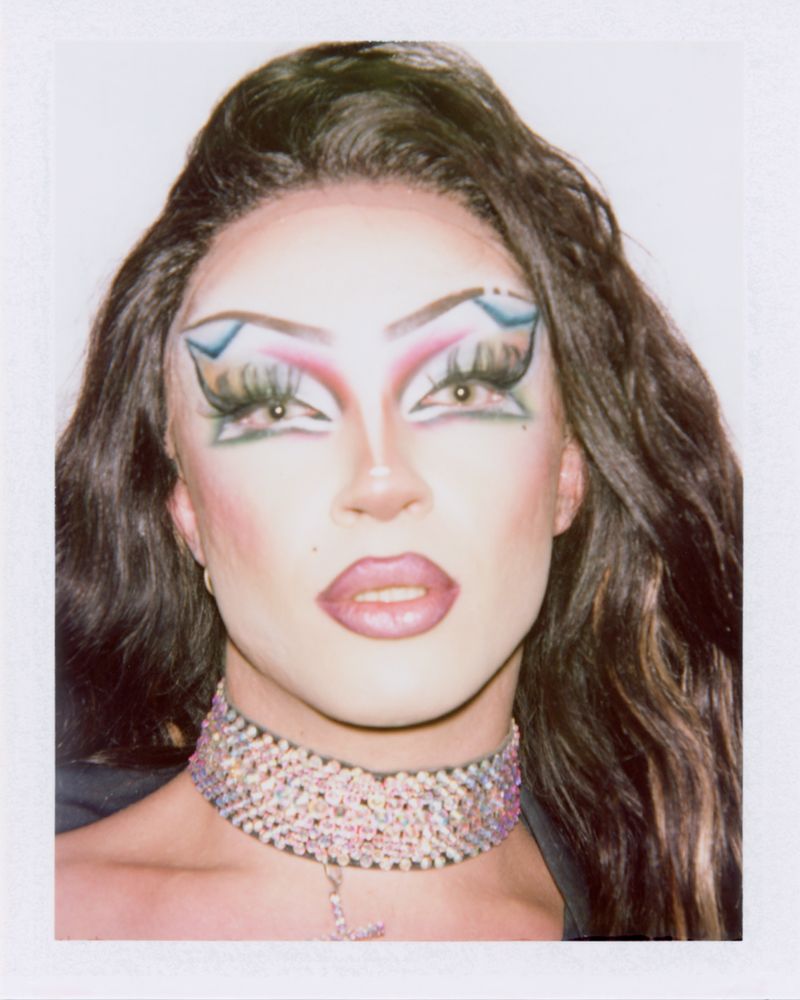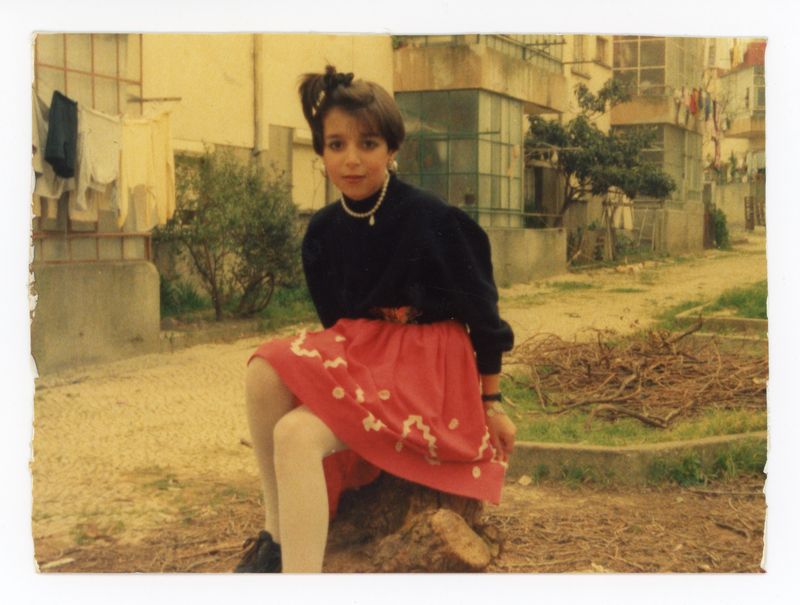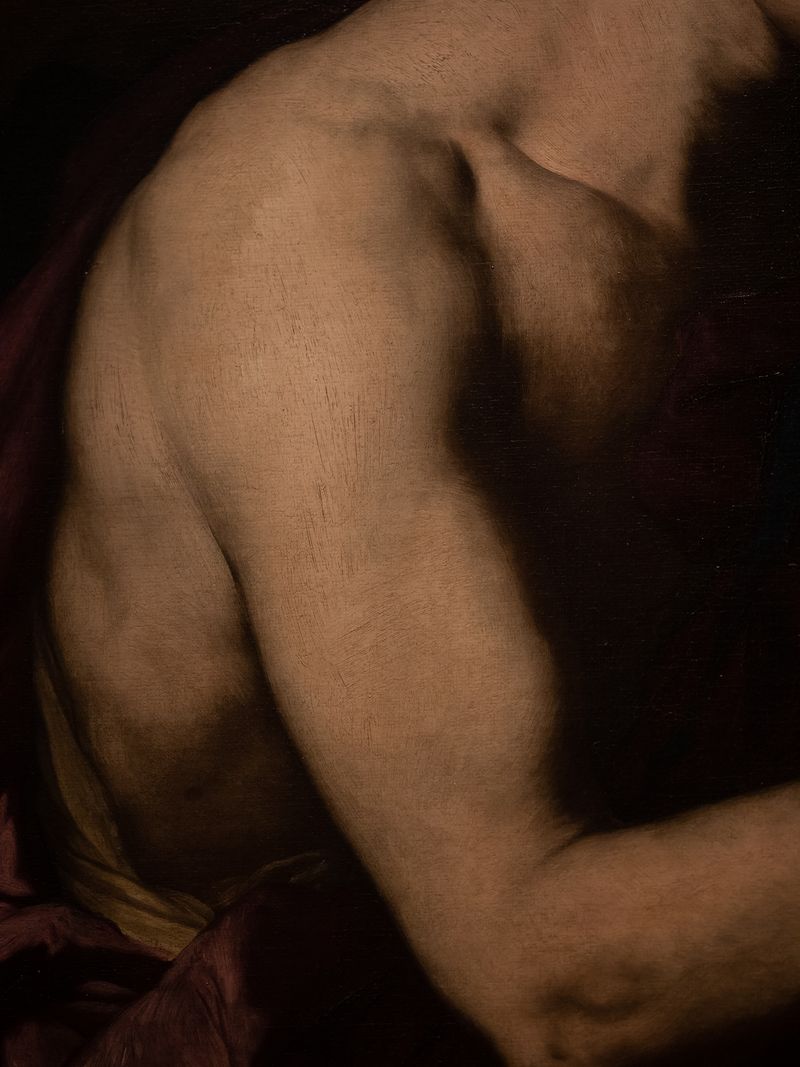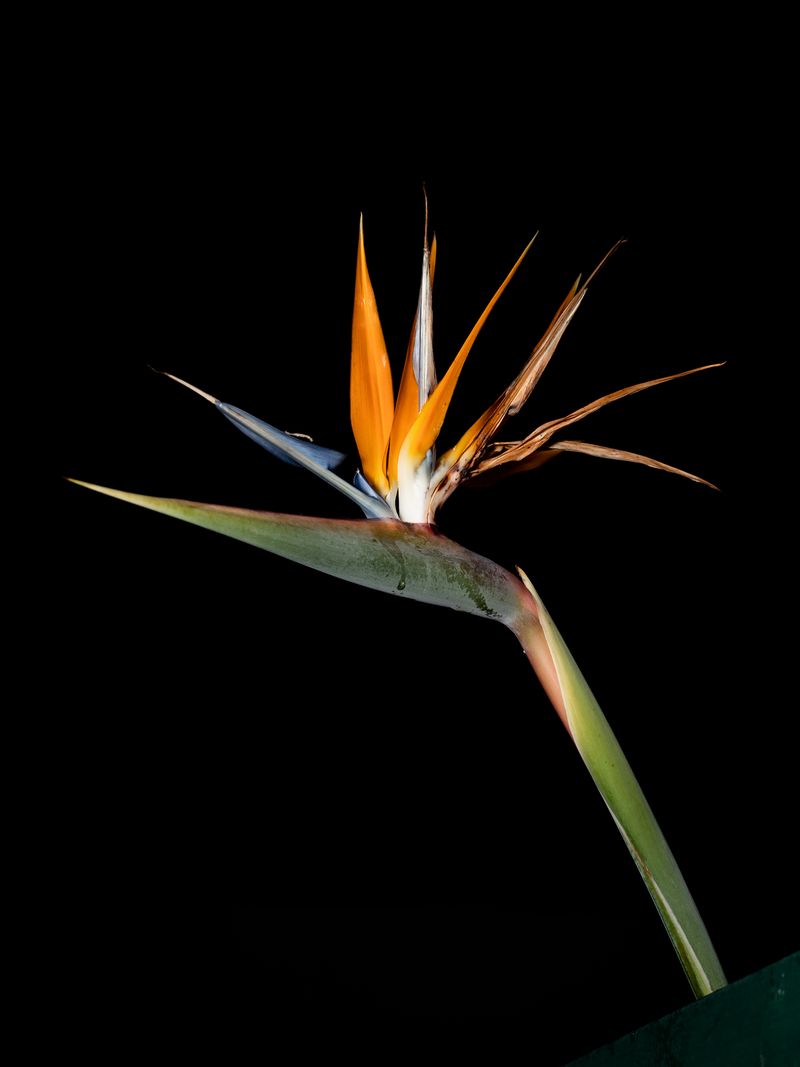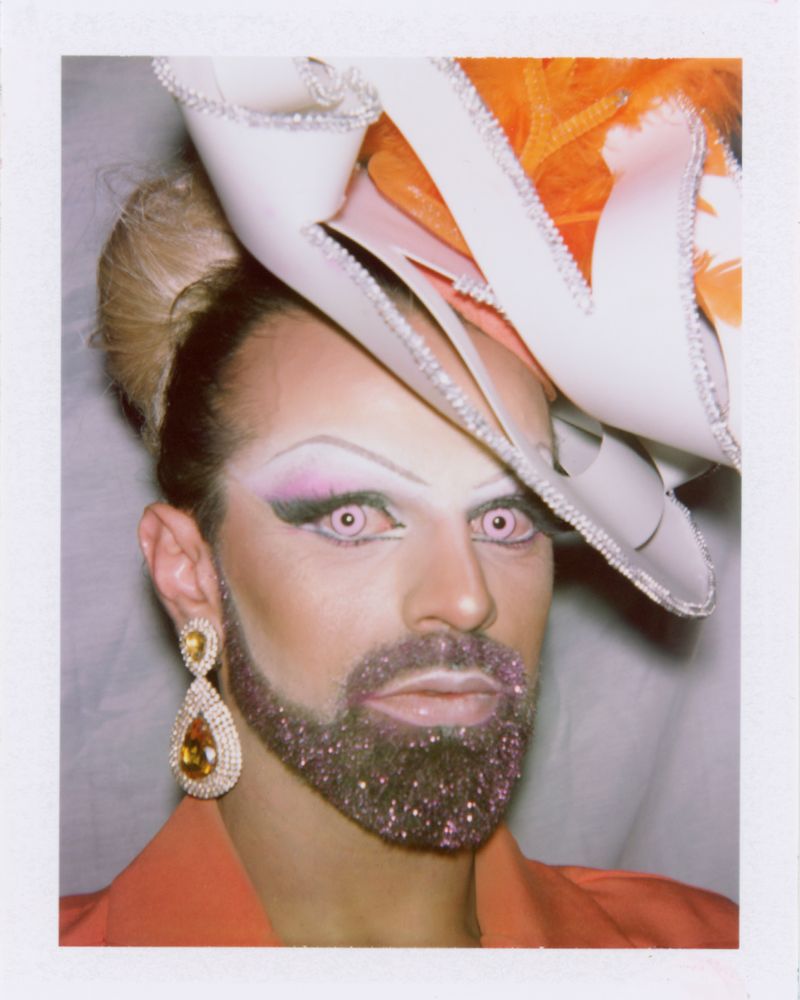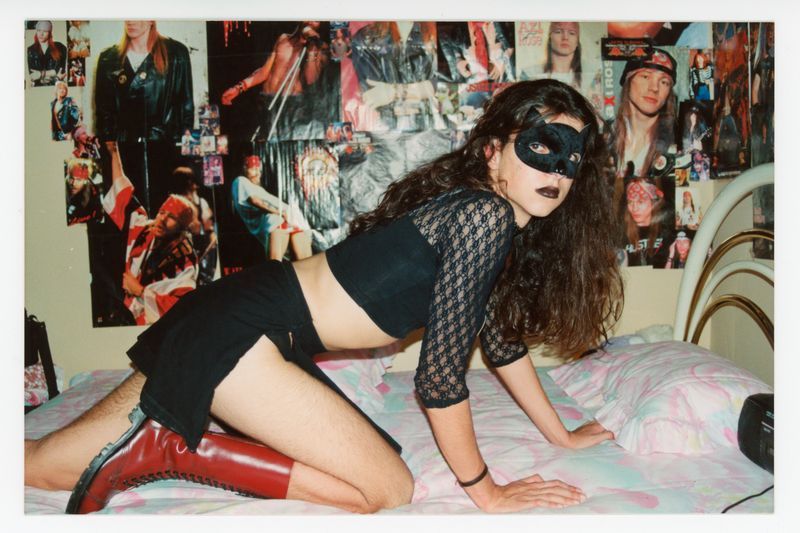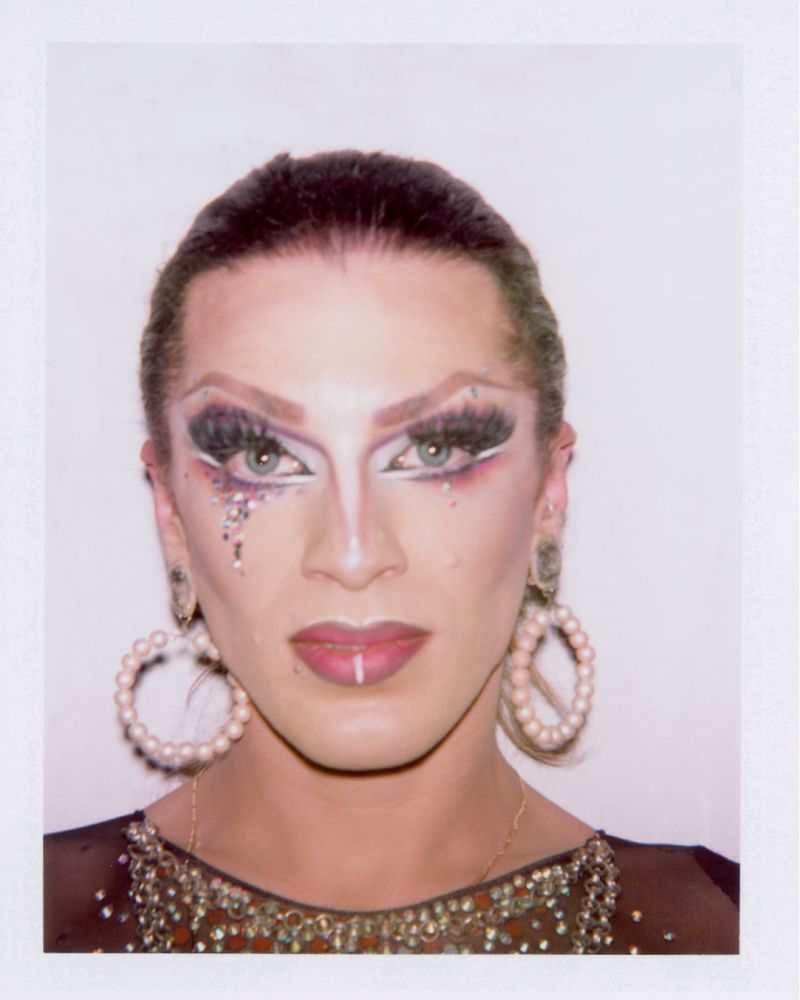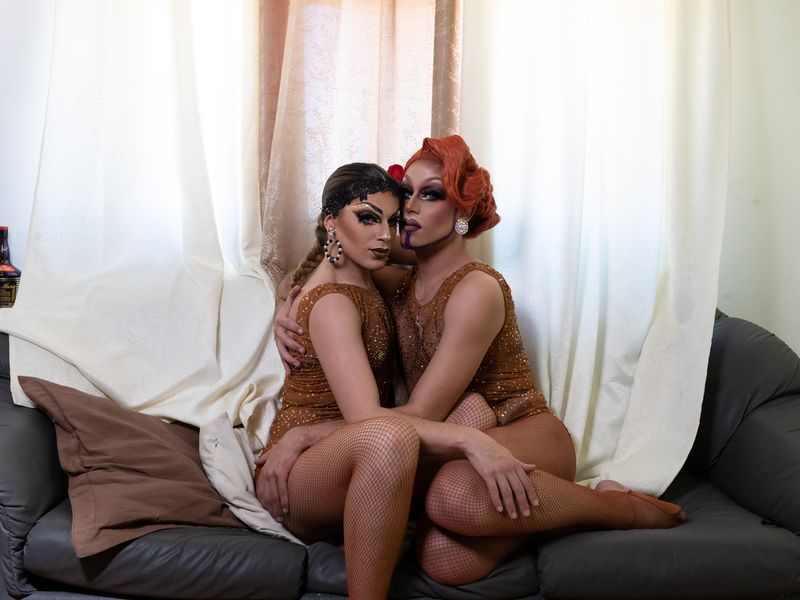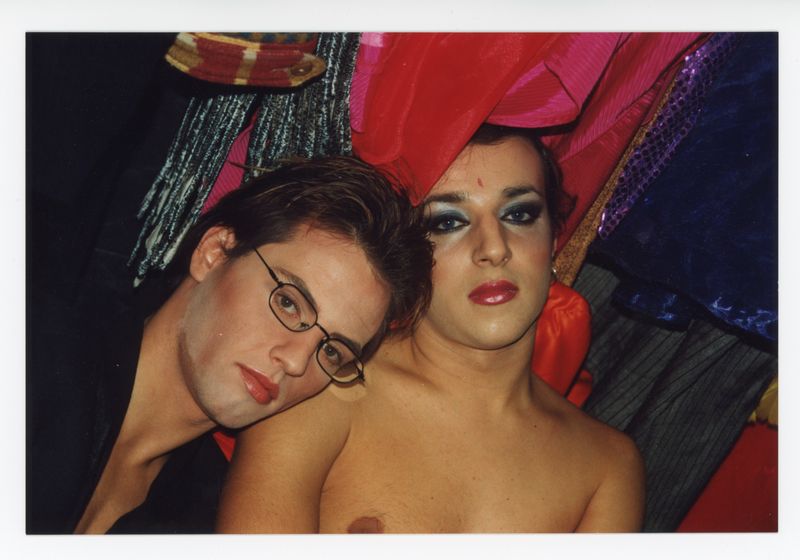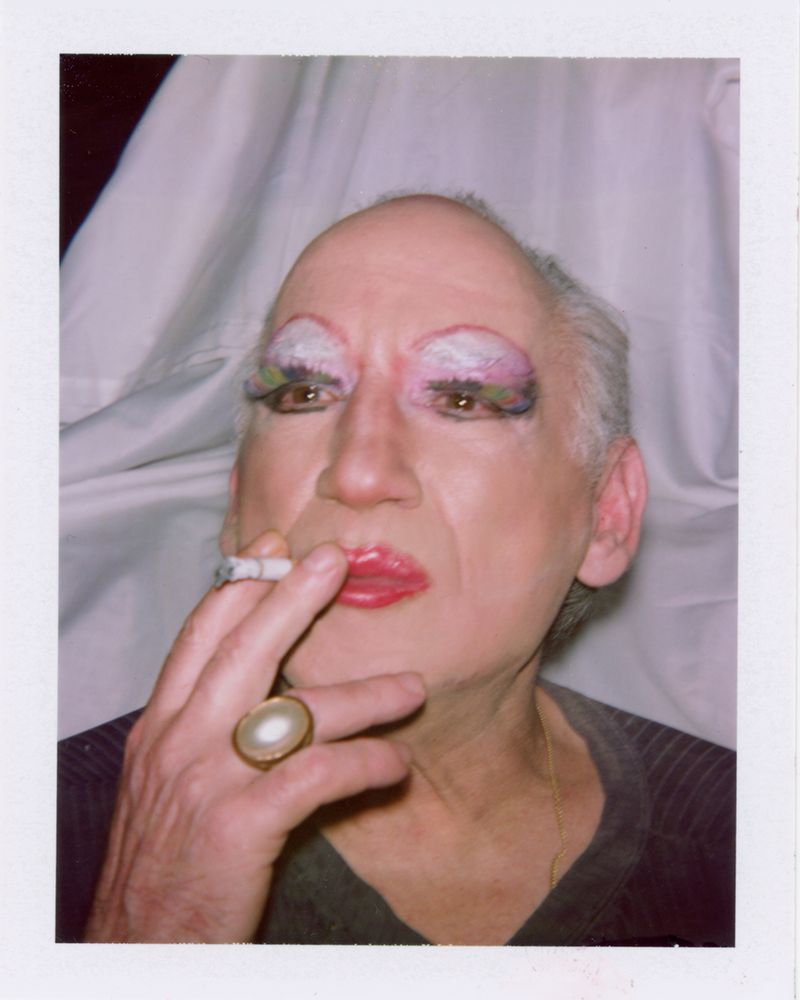QUEENS
-
Dates2021 - Ongoing
-
Author
- Location Lisbon, Portugal
QUEENS aims to portray the drag scene in Portugal through a large variety of mediums and formats. It aims to move away from a documentary form to a more authorial one that portrays the people and their emotions in a more subjective way.
We’re all born naked and the rest is drag. - RuPaul
Drag world has been largely documented throughout time, either for aesthetic motives or due to an attraction for a counter-current subculture. Punk, some might say.
Even though there's a generalized idea imprinted in society of what a Drag Queen is, QUEENS aims to show that there are as many ideas of Drag Queens as there are artists.
It is to believed that the word drag has origin in the late 19th century theatre, for men - since women were not allowed to be on stage - used dresses that dragged along the floor. In Japan, drag as a theatrical expression - Kabuki - goes back to the 17th century. And in the Roaring Twenties, it is incorporated in Vaudeville until the Prohibition sets in and the artists began to perform in underground clubs.
And so it makes way for an artistic expression that defies the notions of sexuality, identity and normative roles.
QUEENS aims to bring to the table the discussion of diversity, portraying a large variety of artists and demonstrating the heart, dedication and effort put into the expression of their art form, in the fight against prejudice and in accepting who one is. For "we're all born naked and the rest is drag".
Drag Queens portrayed: Alejandro Beauty, Allan Lynn, Belle Dommage, Cherry Flavor, Dyanne Star, Inny Legs, Katty Wandolly, Kina Karvel, Naomy Beauty, Nany Petrova, Stefani Duvet.
Archive photographies: Kina Karvel
Photos from disposable cameras: Kina Karvel and Cherry Flavor
